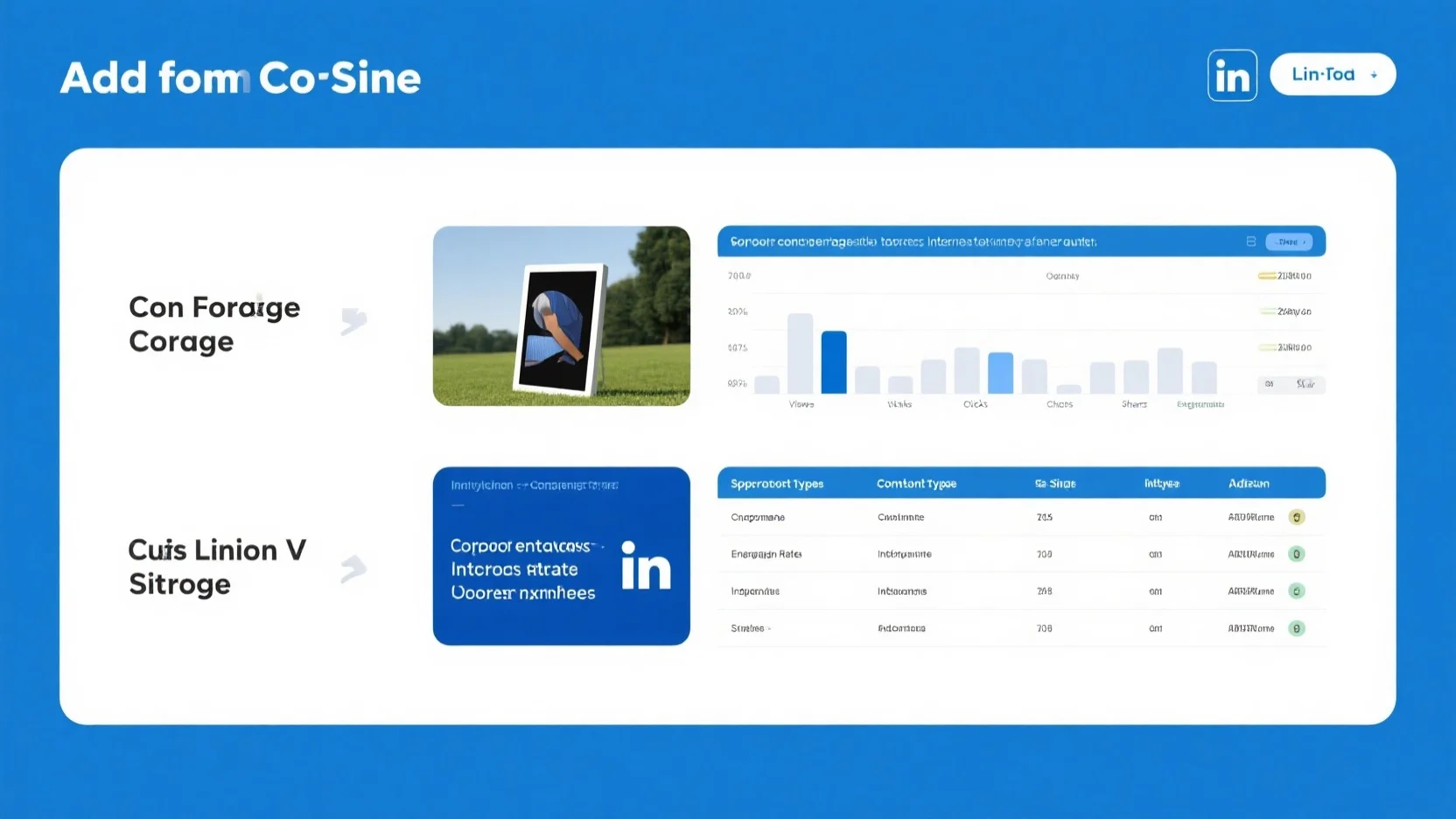
LinkedIn Carousel vs Single – Image Ads: Ad Format Comparison, Engagement Tactics & Performance Metrics
Are you looking to maximize your ad spend on LinkedIn? According to a SEMrush 2023 Study and industry reports, marketers see a 2x higher conversion rate on this platform compared to others. But when choosing